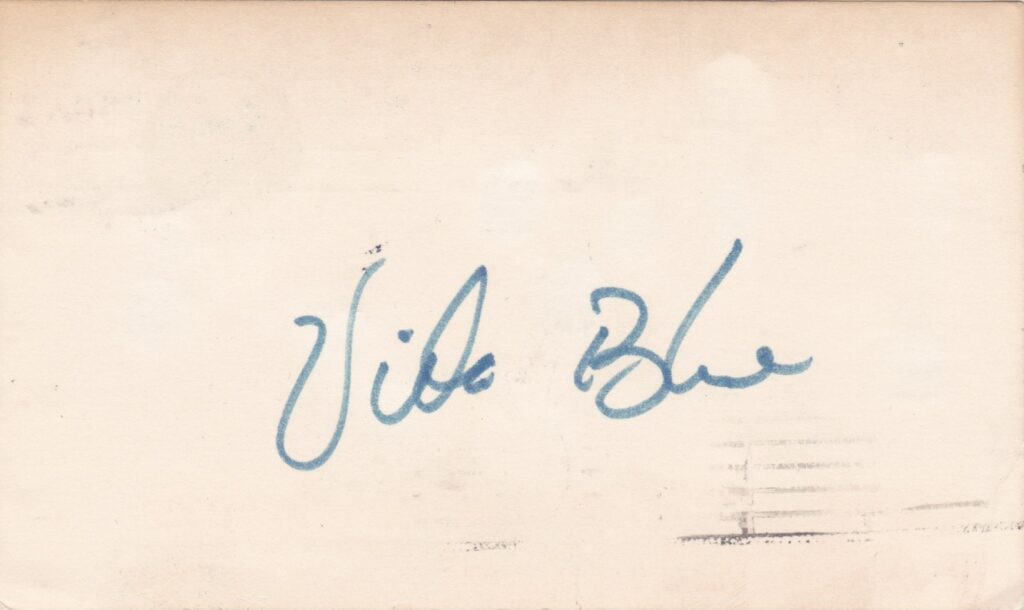
A second-round draft pick of the Kansas City Athletics in 1967, Vida Blue debuted two years later in Oakland. The following season the 20-year old left-hander threw a no-hitter against the first-place Minnesota Twins.
The Opening Day starter in 1971, Blue took the loss, then reeled off ten straight wins that included nine complete games. On May 31st, he graced the cover of Sports Illustrated.
His outstanding performance continued. The All Star Game starter and winner, Vida captivated the attention of the baseball world. In August he was on the cover of Time Magazine. By the end of the regular season he had 301 strikeouts 24 wins, and league-leading totals in ERA (1.82), and shutouts (8). The southpaw’s performance earned him both the Cy Young and MVP awards.
Blue spearheaded Charlie Finley’s A’s to 101 wins and their first postseason appearance since 1931. The pitching staff included Catfish Hunter, Blue Moon Odom, and all star reliever Rollie Fingers. The hurlers were supported by Reggie Jackson, Sal Bando, Bert Campaneris, Joe Rudi, and Gene Tenace. It was the beginning of a dynasty.
The Athletics appeared in the ALCS five straight years and came away with three World Series titles. During that run Blue posted a 2.80 ERA and averaged 18 wins per season. He put together three 20-win seasons.
Owner Finley began dismantling his team after the loss in the ’75 ALCS. Despite the exodus of talent, Blue remained with the club through the ’77 season, his third All Star campaign.
In March, 1978 Blue was traded across the bay to the San Francisco Giants for 6 men, $300,000 and a player to be named later. He immediately became the team’s ace, winning 18 games and starting the All Star Game. The Sporting News named him their Pitcher of the Year. Vida’s four seasons in San Francisco included three All Star selections and 72 victories.
Before the start of the ’82 season, the Giants traded Blue to the Royals in a six-player deal. Vida was solid for 90-win Kansas City in ’82, leading the team in strikeouts and placing second on the staff in wins.
At the end of the season the 33-year old Blue had 191 career wins. If he stayed productive for a few more seasons, Cooperstown was in reach; instead he unraveled.
Blue started the season 0-5 with a 6.01 earned run average and was released on August 5. Four Royals including Vida were implicated in a cocaine scandal. He pled guilty to possession and served 81 days in prison. Commissioner Bowie Kuhn suspended him for the entire ’84 season.
Blue returned to the Giants and won a combined 18 games in ’85 and ’86. A free agent at season’s end, he signed with the Athletics for ’87 but abruptly retired in spring training. Rumors of a failed drug test swirled.
Vida’s career statistics include a 209-161 record, a 3.27 ERA, 2,175 strikeouts, 143 complete games, and 37 shutouts. His WAR stands at 45.1.
In his 2011 autobiography, Blue alluded to his drug use that started in 1972. Though he falls just short of Cooperstown, it’s apparent that Vida Blue possessed Hall of Fame talent that was at times obscured by his cocaine use.
In the collection is this government postcard signed by Blue in 1973.
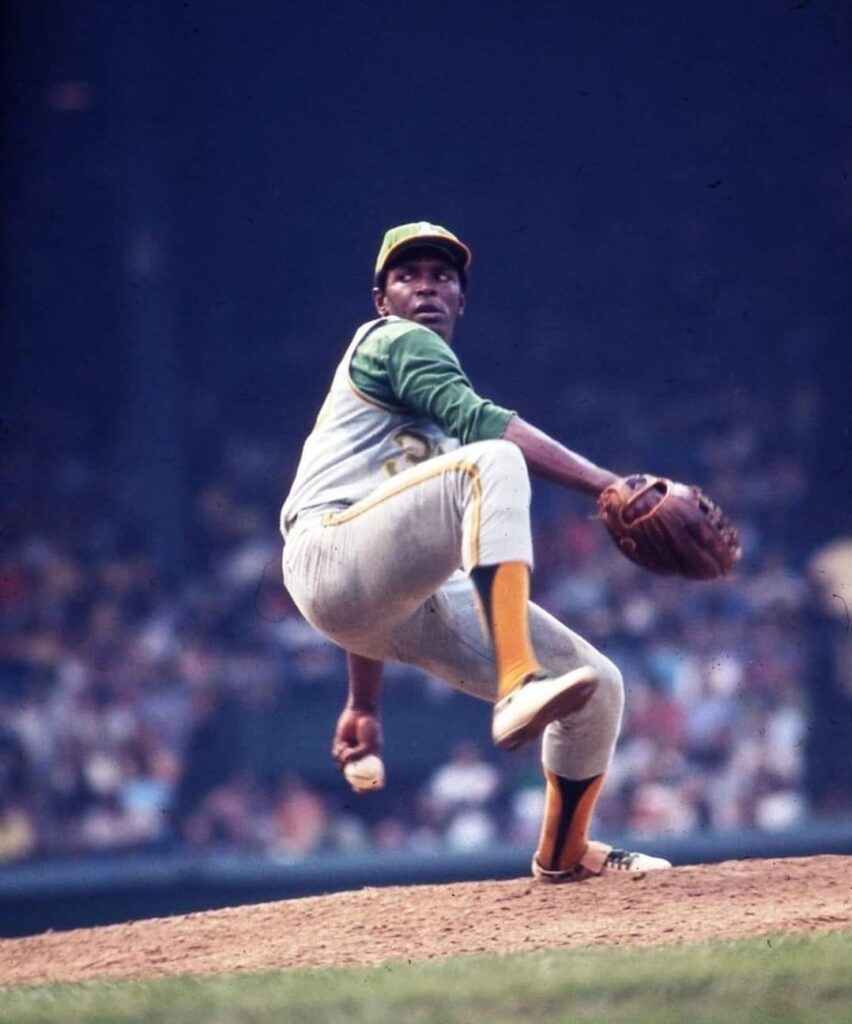

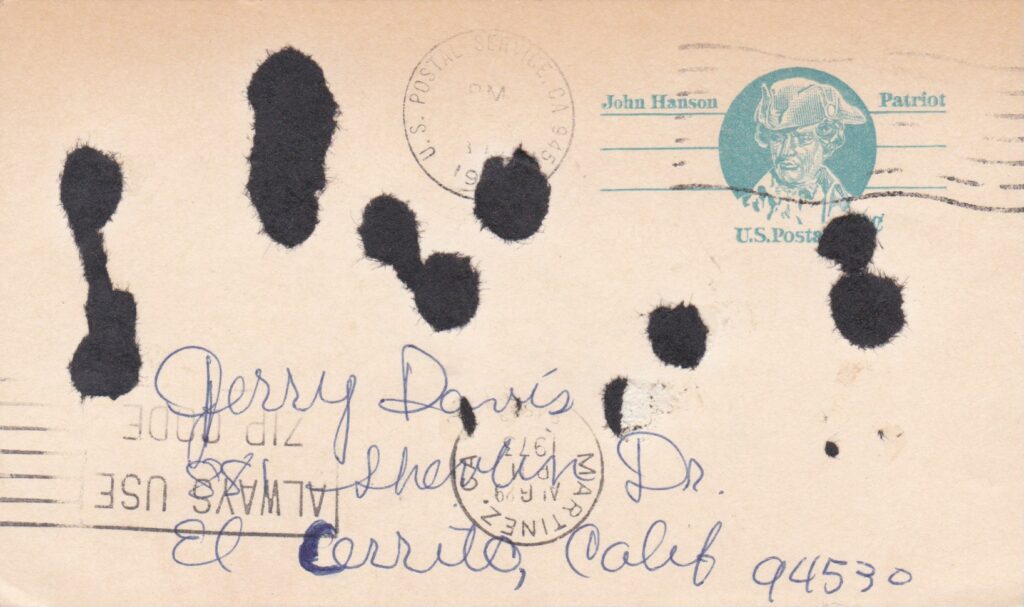
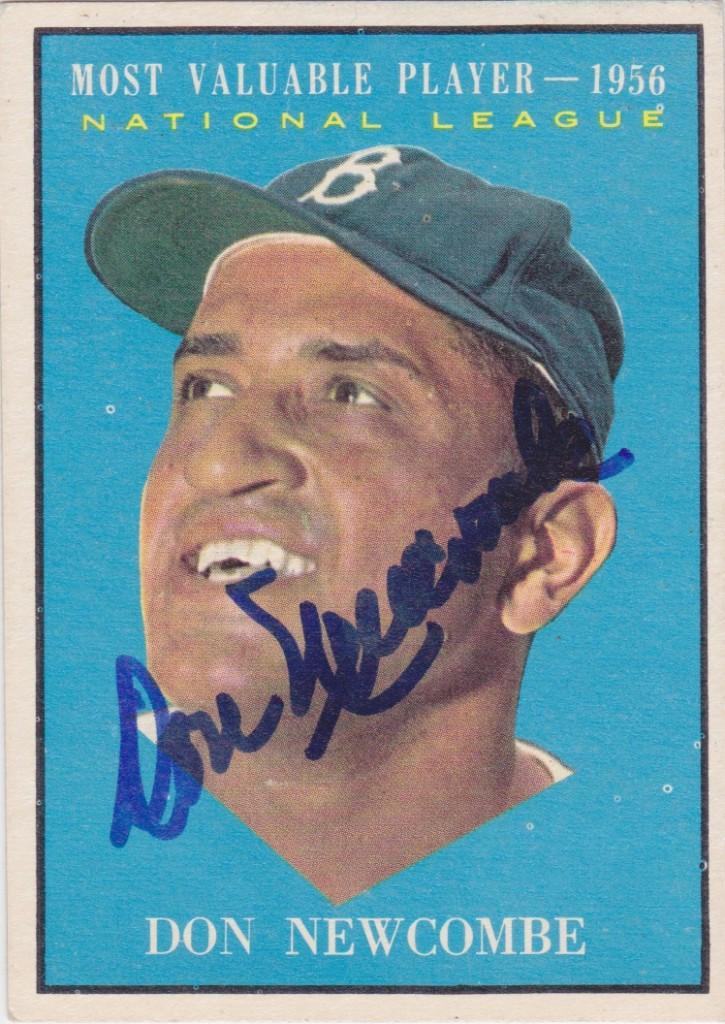
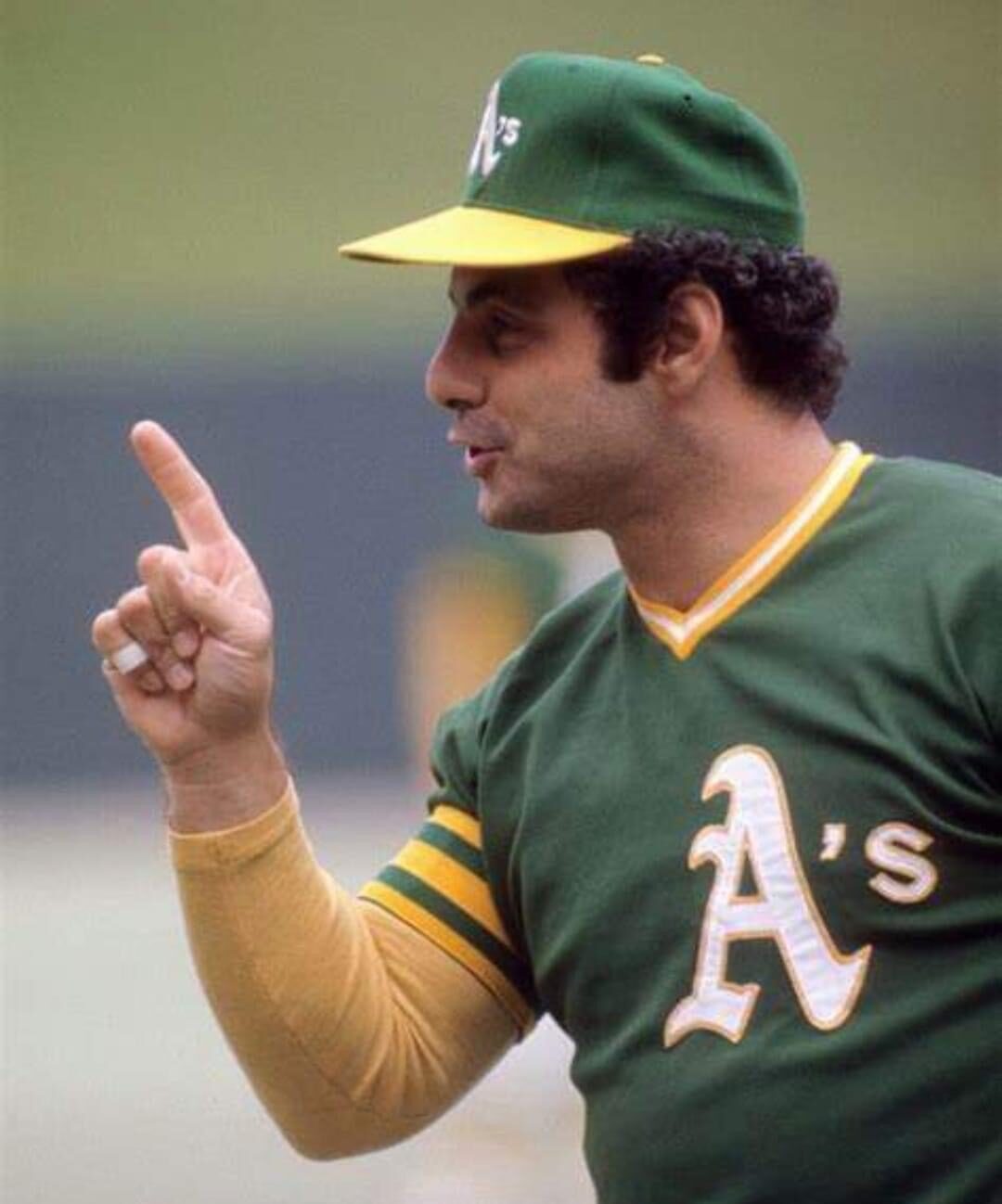
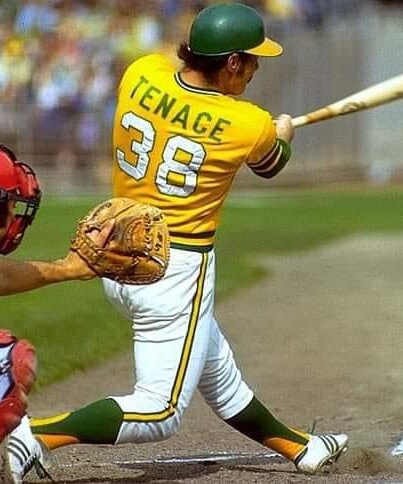
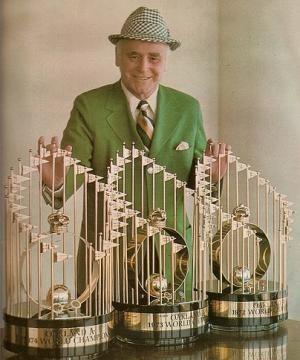
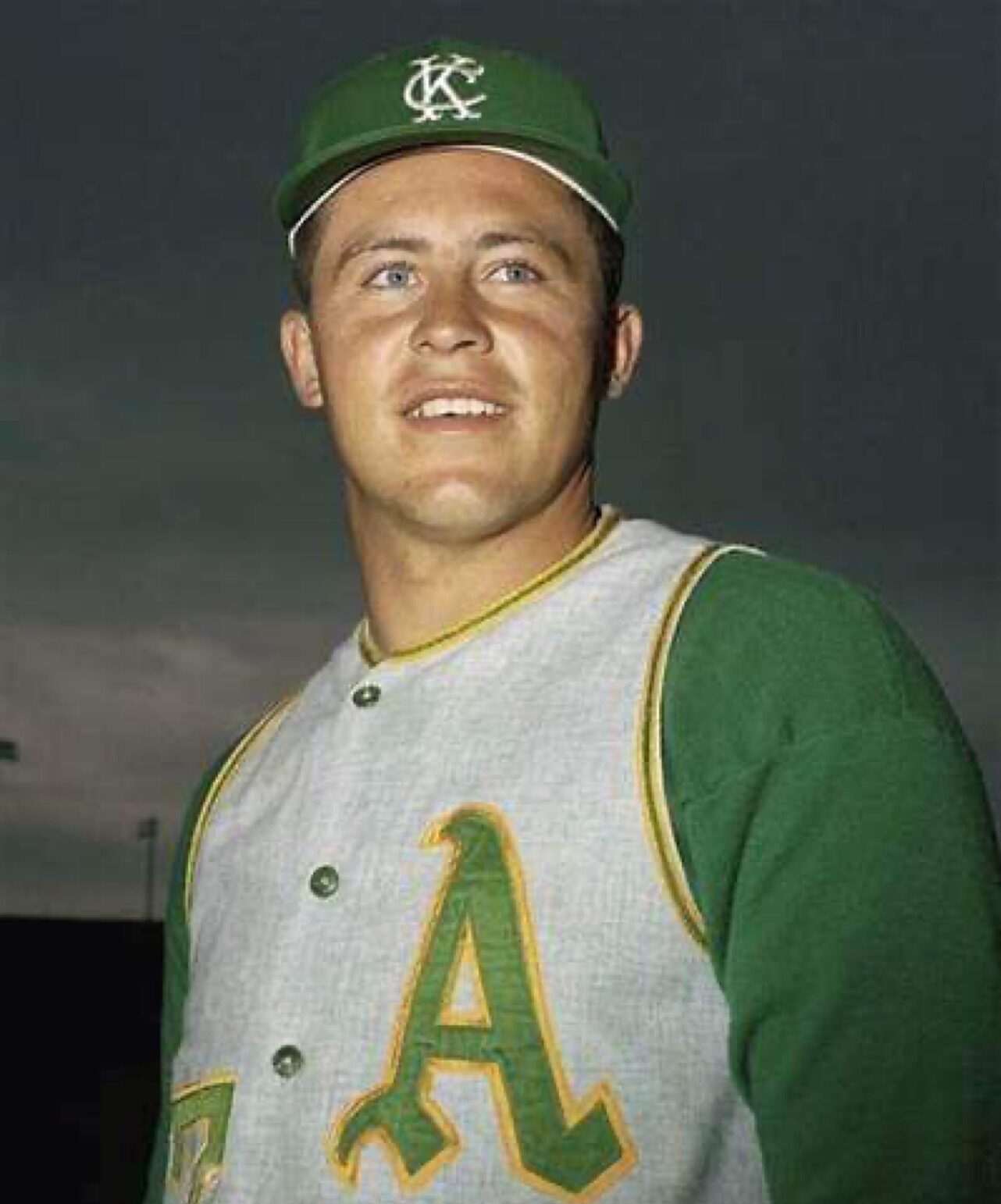
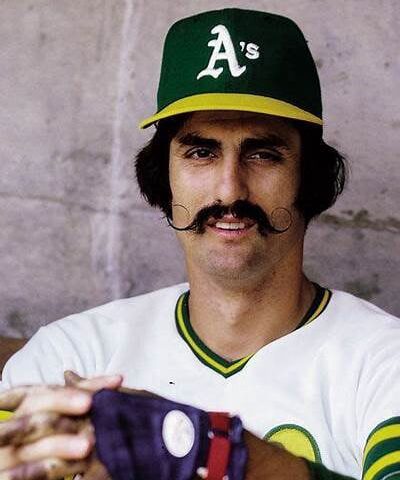
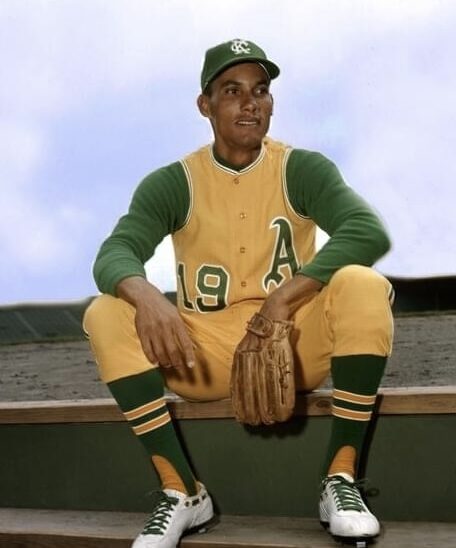
I worked for the Kansas City Athletics on stadium cleanup crew and KC Royals and Chiefs’ ground crew 1967 and 1969 respectfully. I got to see the A’s before they went to Oakland!
RIP VIDA!